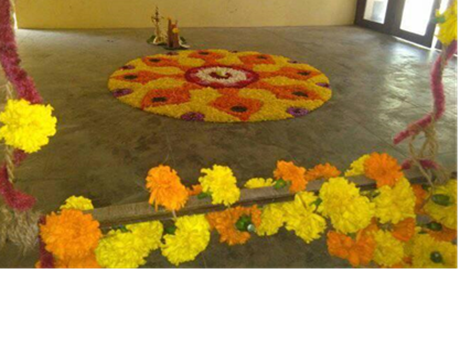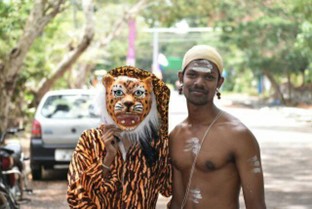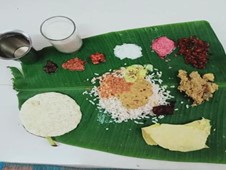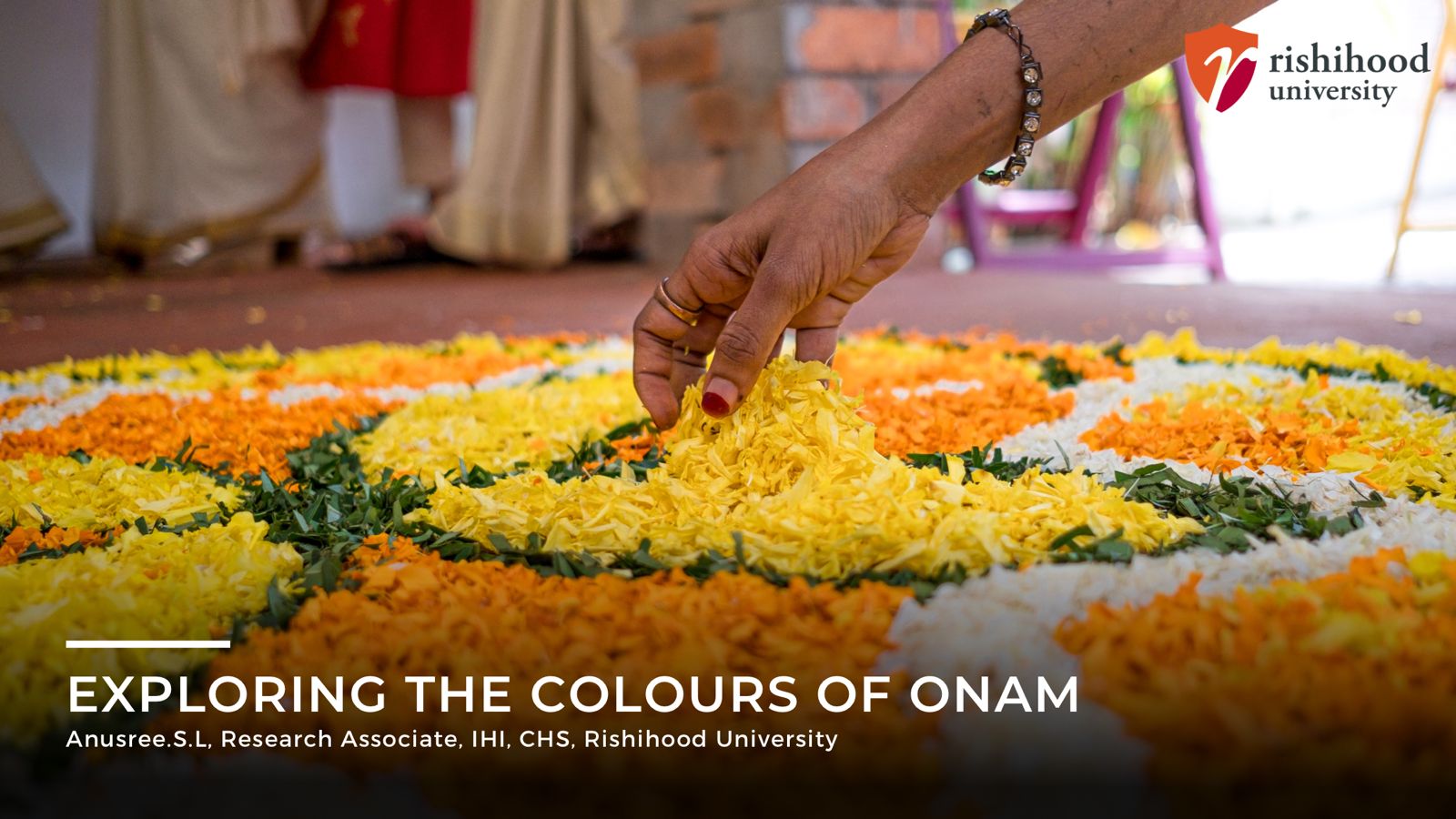India, a land known for its vibrant diversity, hosts a multitude of festivals, among which Onam shines as a radiant star. Celebrated in the picturesque state of Kerala, often referred to as “God’s Own Country,” Onam is a cherished harvest festival that encapsulates the essence of unity and diversity. This remarkable festival takes place during the month of Shravan, known as “chingam” in Malayalam, typically falling in August or September. Kerala’s beautiful landscape, decorated with lush greenery, majestic mountains, calm lakes, and flowing rivers, forms the backdrop for Onam’s festivities. The festival spans ten joyous days, enveloping the entire state in its embrace. Amidst the revelry, the first and tenth days hold special significance, symbolizing the grandeur of Onam.

What distinguishes Onam is its power to transcend divisions, uniting people of diverse religions, castes, and creeds under the common banner of togetherness. The festival marks the transition from the harsh month of Karkidakam to Chingam, promising prosperity to farmers and turning Onam into a celebration of harvest. This spirit of unity goes beyond religious boundaries, fostering a sense of belonging among all. The heartwarming tale of Onam traces back to Mahabali, the beloved mythical king of Kerala, whose visit to his subjects on the day of Thiruvonam is celebrated with joy. Mahabali, a just and charitable ruler, governed with equity, erasing the lines of poverty, crime, and cruelty. Despite being a demon king, his reign was an epitome of prosperity, his subjects adoring him.

The legend continues with Lord Vishnu’s Vamana Avatar, a Brahmin boy who sought land from Mahabali, eventually covering the entire universe in just two steps. Mahabali, realizing the deity’s identity, humbly offered his head for the third step. In this act of devotion, he was sent to the netherworld with the promise to visit his people annually. This tale of sacrifice, symbolized by the folk song “Maveli nadu vaneedum kalam,” is integral to Onam’s celebration. The festival’s ten days are marked by various customs and traditions, each contributing to the festival’s grandeur. The vibrant Pookalam, the captivating boat race Vallamkali, traditional dances like Pulikali and Kathakali, and the sumptuous Ona Sadhya feast served on plantain leaves are integral components of Onam’s charm.

Amidst these festivities, the significance of Thrikkakara temple adds historical depth to the celebration. Thrikkakara, a place linked to Mahabali’s legend, epitomizes the spirit of Onam. Cheraman Perumal, the emperor of Kulasekharam, initiated the Onam festival as a means of uniting local kings and nobility. This practice spread across the state, turning Onam into a unifying force. Onam also stands as a celebration of Kerala’s rich farming traditions. As Chingam follows the rainy season, it brings with it the promise of a bountiful harvest. The ten days leading up to Onam serve as a preparatory period for the next farming cycle, symbolizing the unity of communities working hand-in-hand with nature.
Beyond the festivities, Onam conveys a profound message. Just as a rainbow paints the sky with a spectrum of colours, Onam paints Kerala with unity, love, and the beauty of diversity. As we partake in the festival’s joy, let us remember that Onam’s values echo the principles of integral humanism, encouraging us to foster unity amidst diversity and celebrate every individual’s worth. In this Onam, let us unite in the spirit of Oneness, echoing the essence of integral humanism that this vibrant festival embodies.
– Anusree S L, Research Associate, IHI CHS, Rishihood University

